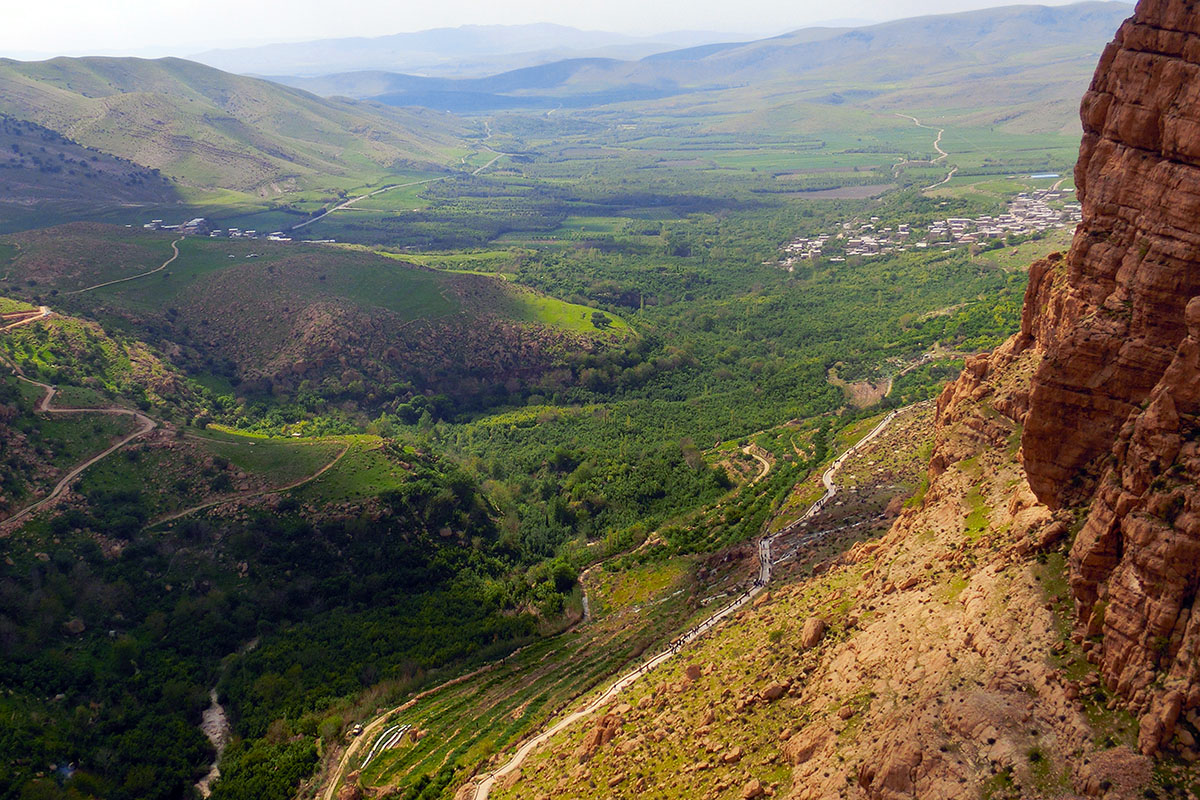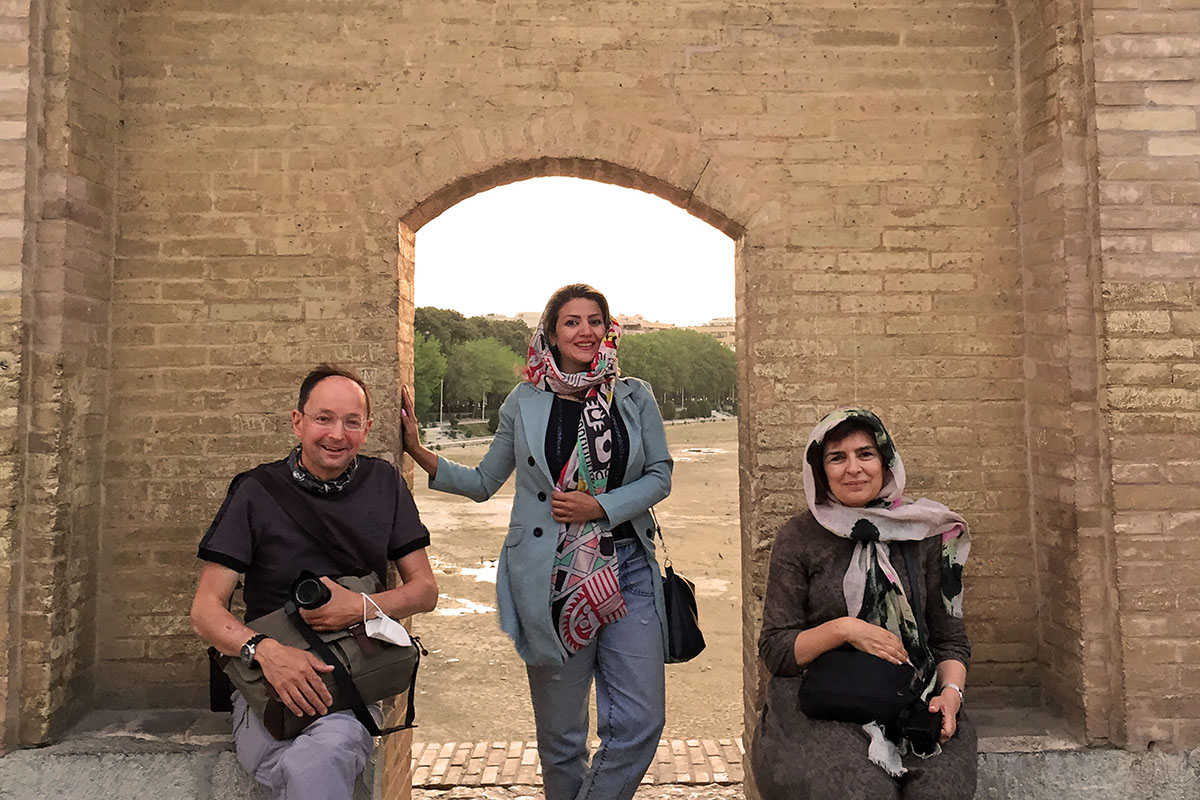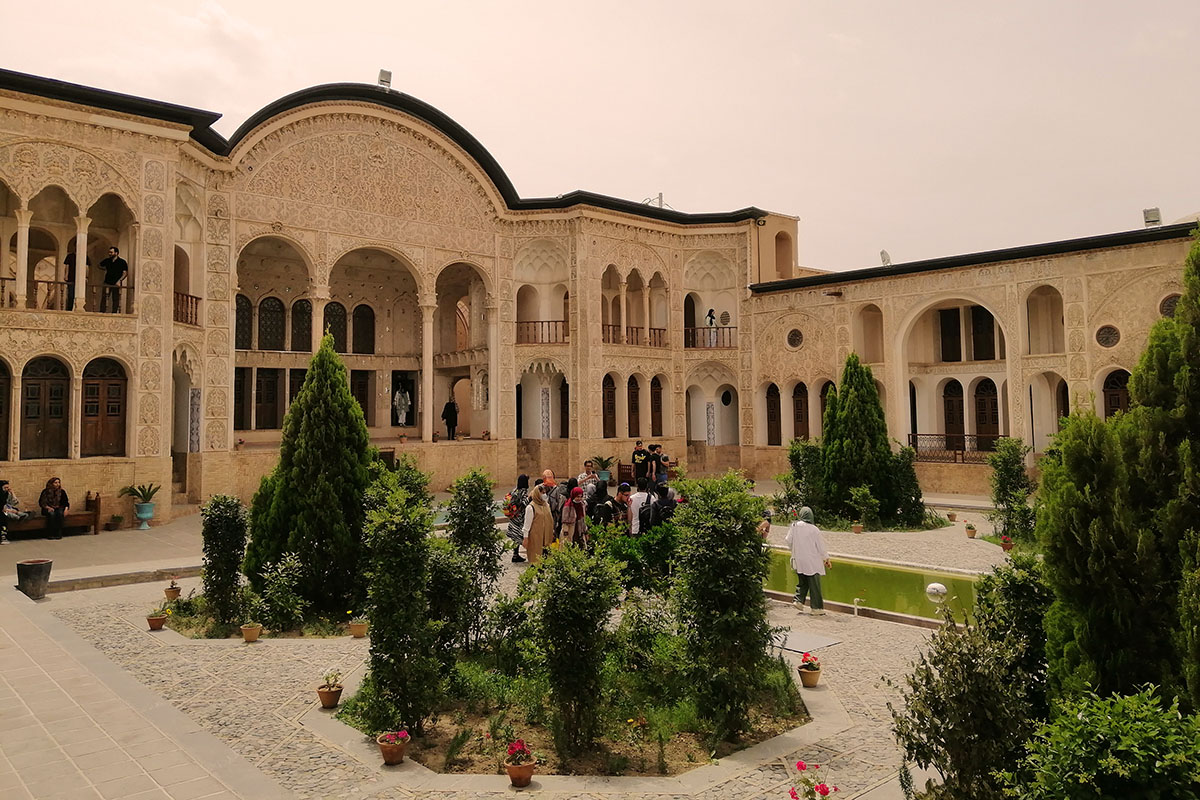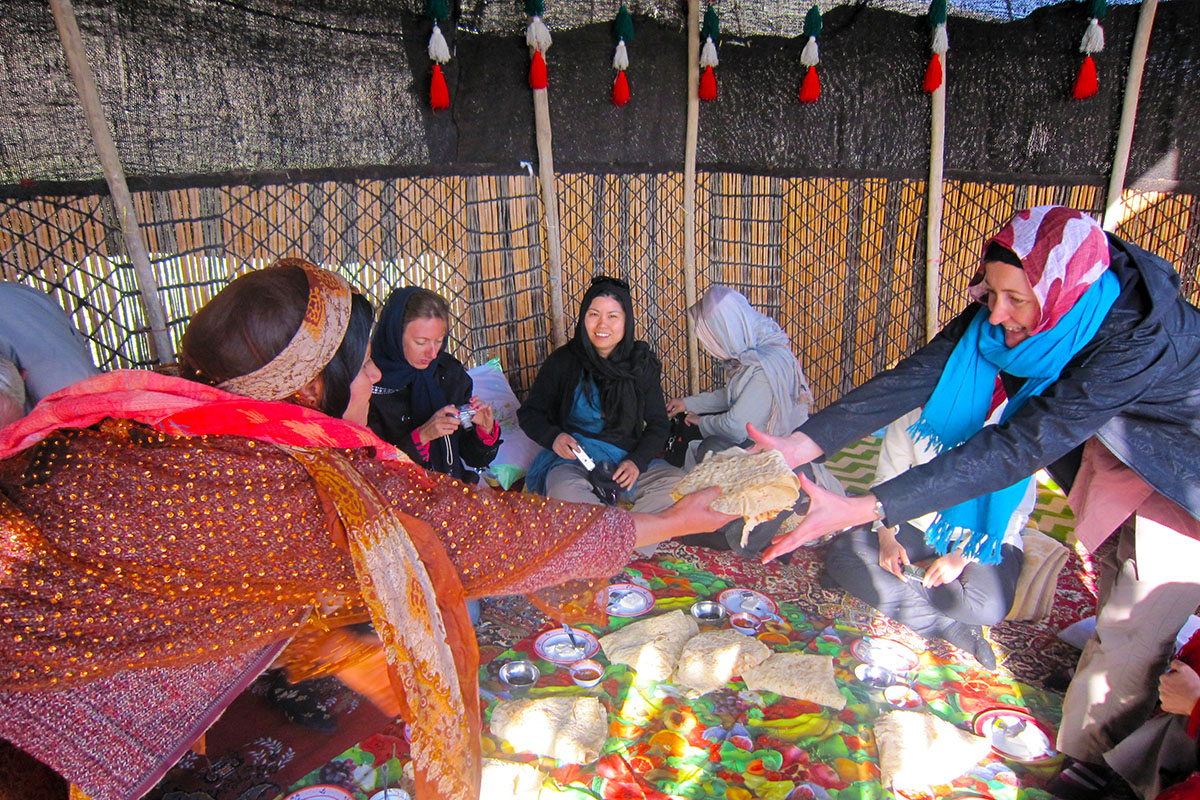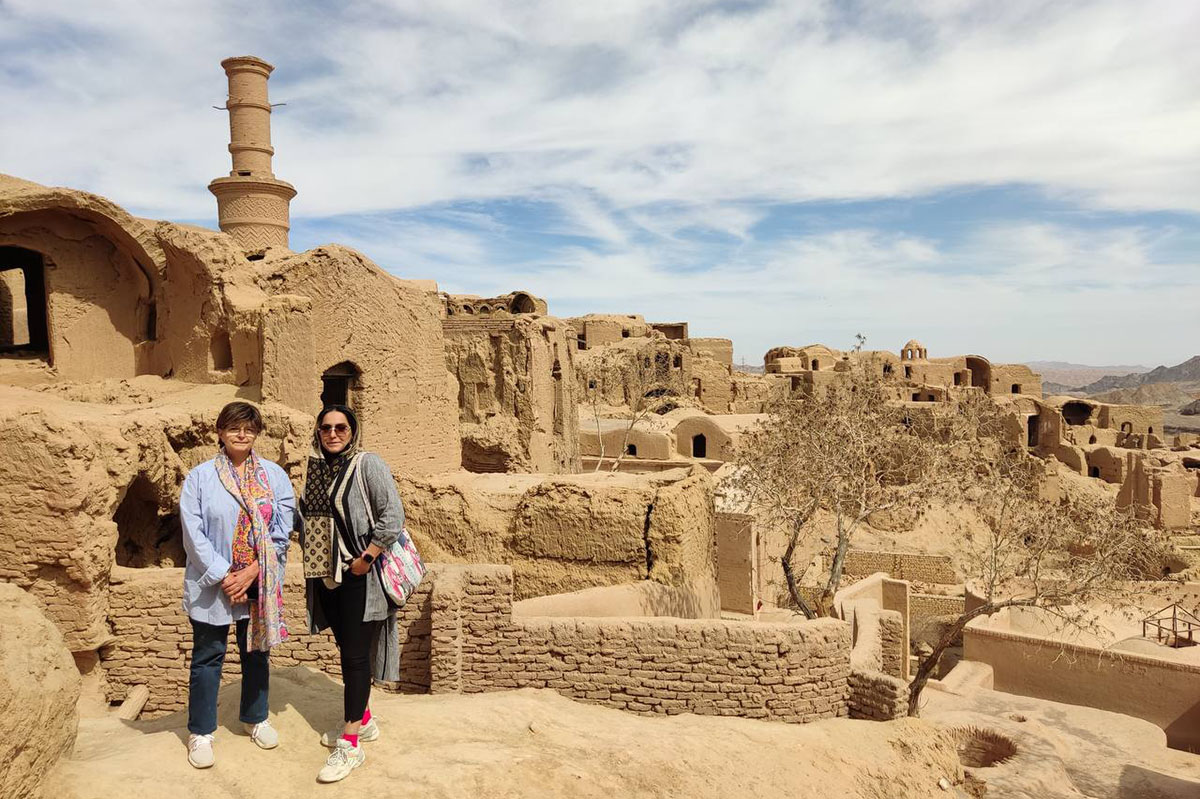Question:
I saw "Grass: A Nation's Battle for Life" a silent documentary last night, from 1925. I can't believe I had never heard of it before (I studied film at university and have worked in film for 30 yrs). Netflix recommended it and because it was about Iran I went for it (I live in West LA or sometimes called Little Tehran). These peoples' trek equals Hilary's trek up Everest. And the film makers lives are the stuff of myths. The docu itself is naturally primitive being from 1925 and poorly titled (narrated) but it is like a time machine, unbelievable footage. Please forgive my enthusiasm. Wikipedia says, "Grass: A Nation's Battle for Life (1925) is a silent documentary film which follows a branch of the Bakhtiari tribe of Persia (today Iran) as they and their herds make their seasonal journey to better pastures. It is considered one of the earliest ethnographic documentary films. The film is Merian C. Cooper, Ernest Schoedsack, and Marguerite Harrison's documentation of their journey from Angora (modern-dayAnkara, Turkey) to the Bakhtiari lands of western Iran, in what is now the western part of Chaharmahal and Bakhtiari Province and the eastern part of Khuzestan. They then follow Haidar Khan as he leads 50,000 of his people and countless animals on a harrowing trek across the Karun River and over Zard Kuh, the highest peak in the Zagros Mountains. In filming the journey, Cooper, Schoedsack, and Harrison became the first Westerners to make the migration with the Bakhtiari. The film highlights the extreme hardships faced by nomadic peoples, as well as the bravery and ingenuity of the Bakhtiari."
Answer:
The Bakhtiari tribe, with the population of over 800,000, inhabits an area of approximately 67,000 sq. km (25,000 sq. mi) that straddles the central Zagros Mountains in Iran. Although only about a third of the tribe is nomadic (the rest are settled agriculturists), the nomads embody the Bakhtiari cultural ideals. They dedicate themselves to producing meat and dairy products and migrate seasonally with their sheep, cattle, or goat herds from high plateau pastures, where they spend the summer, west of the city of Esfahan, to lowland plains in the province of Khuzistan for winter herd grazing. Their migration is among the most spectacular known among nomadic paternalists anywhere. They are obliged to cross the river. For this, they throw themselves and their livestock into the whirlpools. There mill around until the centrifugal force of the water throws them out towards the opposite shore. Some men of the tribe cross the river more than eight times a day to help others carry their flock, children and household utensils over to the other shore. Crossing the river takes five or six days usually accompanied by many casualties. The next obstacle is several mountain ranges. They pass the mountain at about 3,050 m (10,000 ft) and therefore have to time their movement with extreme care in order to minimize the danger of early snowfall, flooding mountain rivers, and lack of grazing. The last range is called Zard Kuh which is over 13,000 feet in height and still covered by snow; the Bakhtiaris must cross it before they can reach the green pastures around Isfahan in the center of the plateau. Here, the Bakhtiaris leave their equipment, tents, carpets, cooking utensils, and the other amenities that they had recently used in the nearby villages for use after they return. With them they take only the absolute necessities, i.e., their flocks, horses, donkeys, and mules, the main sources of their survival.
Traditionally these dangers took a heavy toll, but in recent years the government has helped the migration by building bridges, improving the route, and setting up fodder supplies en route.
The Bakhtiari tribe divides into two main branches: the Haft Lang and the Chahar Lang. The Haft Lang consists of 33,493 households. The Chahar Lang consists of 2,825 households. Each tribe further divides into subtribes.
They are the largest and most purely Iranian of all the Persian tribes. They belong to the Lor race and their language is closely related to the oldest known forms of Persian. The annual Bakhtiari migration in April from their Garmsir, or winter quarters in Khuszistan, to their Sardsir, or summer pastures in the Chahar Mahal region of the plateau south/west of Esfahan, takes from four to six weeks. It is an epic of human courage and endurance in which men, women and children of all ages, with their animals and household goods, travel by five different migrations routes across some of the wildest and most difficult mountain country in Persia in their search for grass.
To see the Bakhtiaris in Iran and accommodate in their tents contact info@uppersia.com

